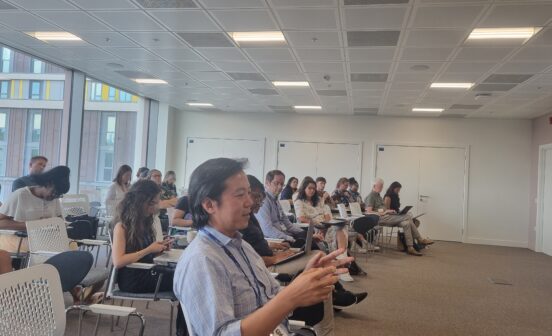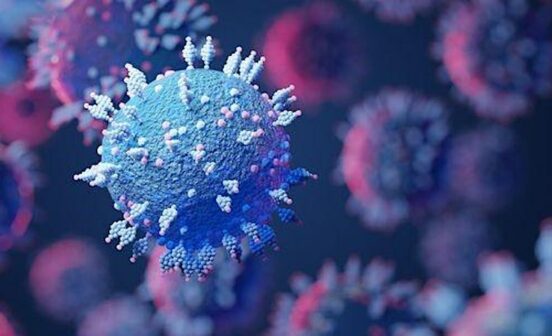AwardPrevention How do children spread coronavirus?

With children going back to school, new research at Imperial will look at the level of transmission amongst children and their families to shed light on yet unanswered questions about COVID-19.
In an effort to better understand the transmission of COVID-19, researchers at Imperial have been awarded a grant by the National Institute for Health Research (NIHR) to look at the transmission patterns of the virus between children and their families.
While current evidence points towards a minimal risk as a result of children returning to the school setting, this research will get to the crux of whether and how children pass the virus on to their peers and members of their household, as well as how long they remain infectious. Furthermore, Professor Shiranee Sriskandan, from Imperial’s Department of Infectious Disease and colleagues will investigate whether children without obvious symptoms are able to transmit the virus.
Though it will take around 6 months to see the outputs of this work, it is hoped that this research will increase the body of evidence to better understand patterns of infection in children and inform future policy decisions on preventing transmission and intervening where appropriate.
More information about the purpose of this grant can be found here.
This work will be supported by the underpinning infrastructure of the NIHR Imperial Biomedical Research Centre.





